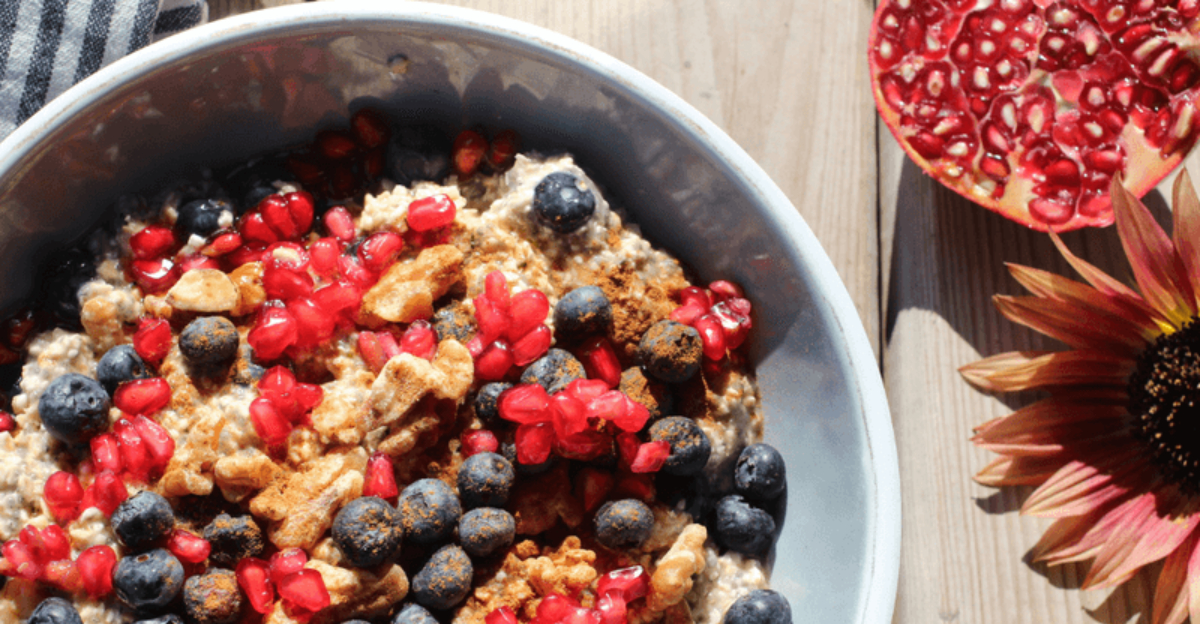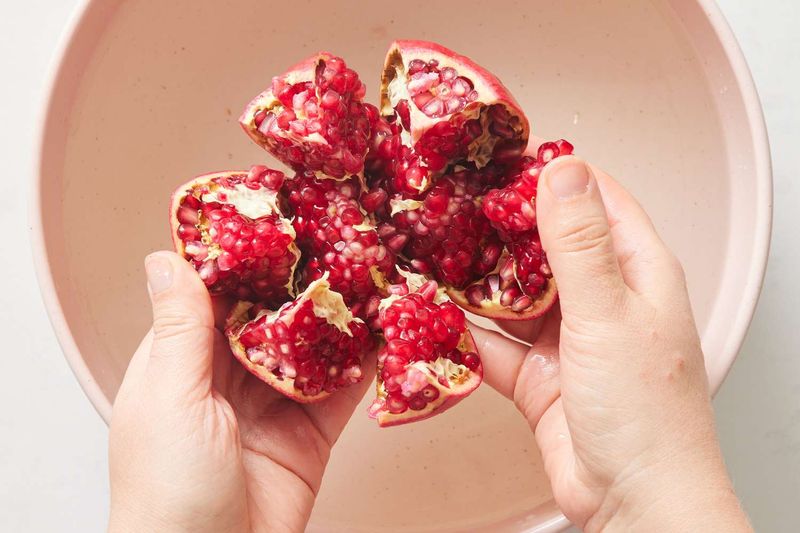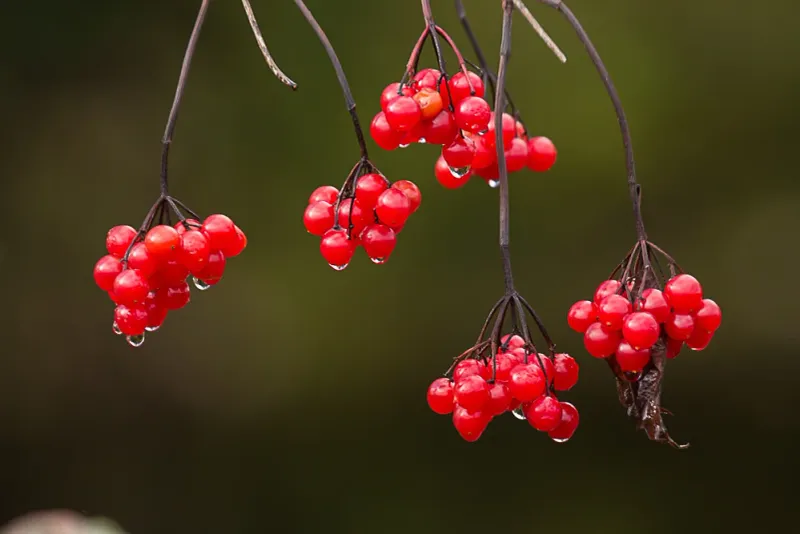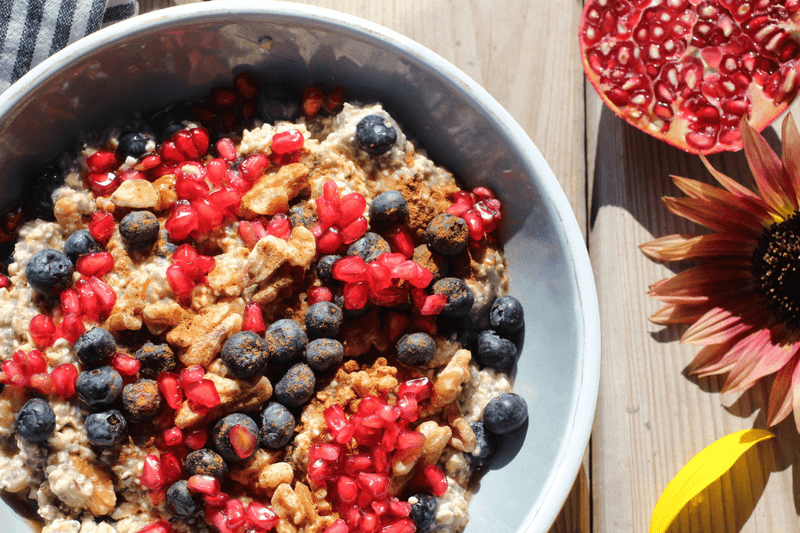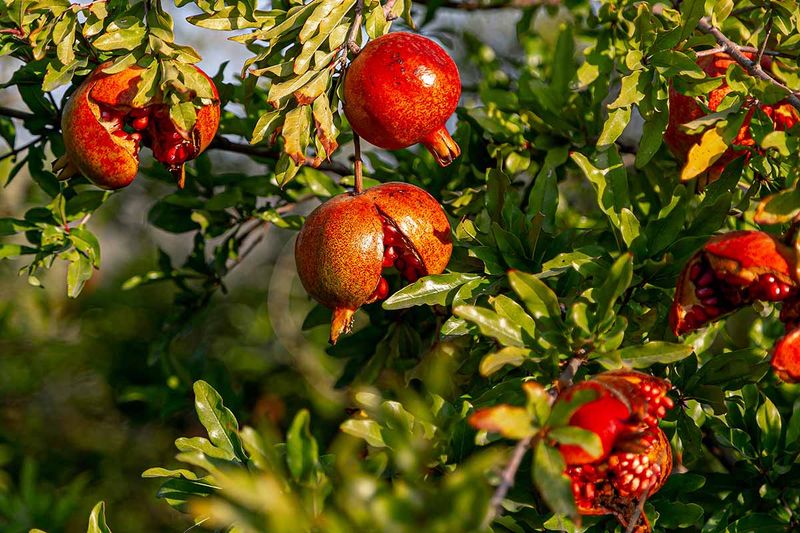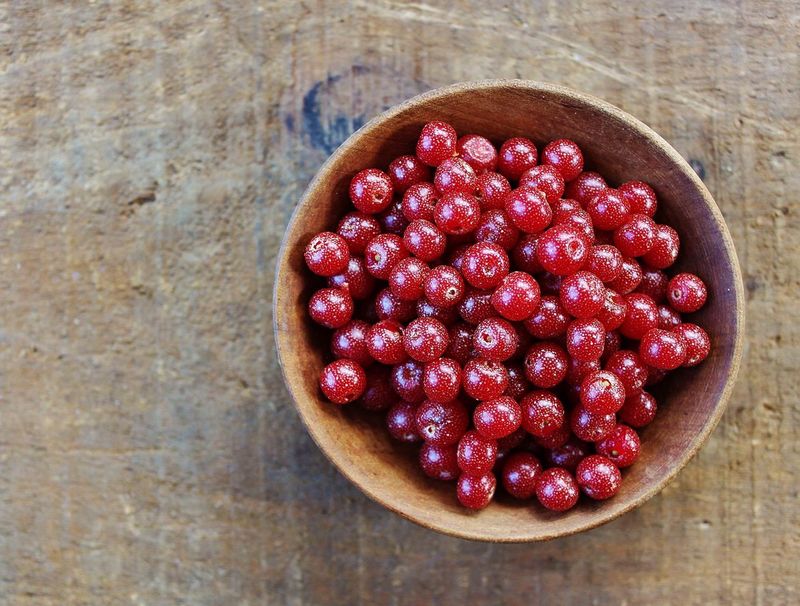As autumn rolls in, nature rewards us with some of the most vibrant, flavor-packed fruits of the year — fall berries and pomegranates. Both glisten like edible jewels, bursting with flavor and color that can transform any dish. But when it comes to taste, health benefits, and versatility, which one truly deserves the crown?
1. Flavor Profile Showdown
Fall berries, like cranberries, blackberries, and raspberries, bring a refreshing tartness that brightens up almost any dish. Their slightly sour bite balances beautifully with sweet ingredients, making them a favorite in everything from muffins to sauces. There’s a crisp, lively freshness in their flavor that instantly feels like fall.
Pomegranates, on the other hand, deliver something more complex. Each ruby-red seed bursts with juice that’s both sweet and tangy, offering layers of flavor that feel luxurious and indulgent. It’s a fruit that doesn’t just refresh your taste buds — it surprises them.
In short, if fall berries are like a brisk walk on a cool autumn morning, pomegranates are the cozy warmth of a candlelit dinner. The two couldn’t be more different — but both capture the magic of the season in their own delicious way.
2. Nutritional Value
When it comes to health benefits, both contenders shine brightly. Fall berries are known for their incredible vitamin C content, which helps strengthen the immune system just as cold season begins. They’re also high in fiber, which supports digestion and helps keep you feeling full longer.
Pomegranates are no slouch in the nutrition department either. They’re loaded with antioxidants — especially punicalagin and anthocyanins — that help fight inflammation and protect the body from free radicals. Studies even suggest that pomegranate juice can support heart health and improve circulation.
So who wins the health round? Honestly, it’s a tie. Both are superfoods in their own right — one offering a boost to your immune system, the other helping your heart and skin stay strong and youthful.
3. Culinary Versatility
If you love experimenting in the kitchen, you’ll be thrilled to know that both berries and pomegranates can do it all. Fall berries are the perfect breakfast companion — tossed into oatmeal, blended into smoothies, or baked into muffins that fill your home with a cozy aroma.
Pomegranate seeds, with their juicy pop, bring elegance to almost anything. They can be sprinkled over salads, layered into yogurt parfaits, or added to cocktails for a sparkling touch. Their flavor adds depth to both sweet and savory recipes, from roasted vegetables to grilled chicken.
Whether you prefer rustic comfort or gourmet flair, both fruits add flair and nutrition to your fall menu. The key is to get creative and let their natural beauty shine through in every bite.
4. Seasonal Availability and Freshness
Timing is everything when it comes to getting the best flavor. Fall berries, depending on the variety, hit their stride in early to mid-autumn. Local farmers’ markets often have the freshest picks, and if you can’t find them fresh, frozen berries are a fantastic alternative — they’re often frozen right at peak ripeness.
Pomegranates make their grand entrance a bit later, usually from October through January. They’re the showstopper of late fall and early winter, bringing a splash of color to holiday tables when most fresh fruits are long gone.
Together, they create a perfect overlap — berries to kick off the season, pomegranates to carry it through. So no matter what month you’re in, you’ve got something naturally sweet and seasonal to enjoy.
5. The “Wow” Factor: Color, Texture, and Presentation
Let’s be honest — half the fun of these fruits is how stunning they look. Fall berries bring a soft, velvety beauty in shades of crimson, blue, and purple, creating a cozy, rustic charm. They’re the perfect touch for desserts, charcuterie boards, or even a simple bowl of yogurt.
Pomegranates, meanwhile, are pure drama. Crack one open and you’re met with glistening ruby seeds that look like precious gems. Each bite gives you a satisfying crunch followed by a burst of juice — it’s a sensory experience that feels almost decadent.
Whether you’re setting a holiday table or just brightening up a weekday breakfast, both fruits add that special “wow” factor that makes meals memorable. They’re proof that nature really is the best artist.
